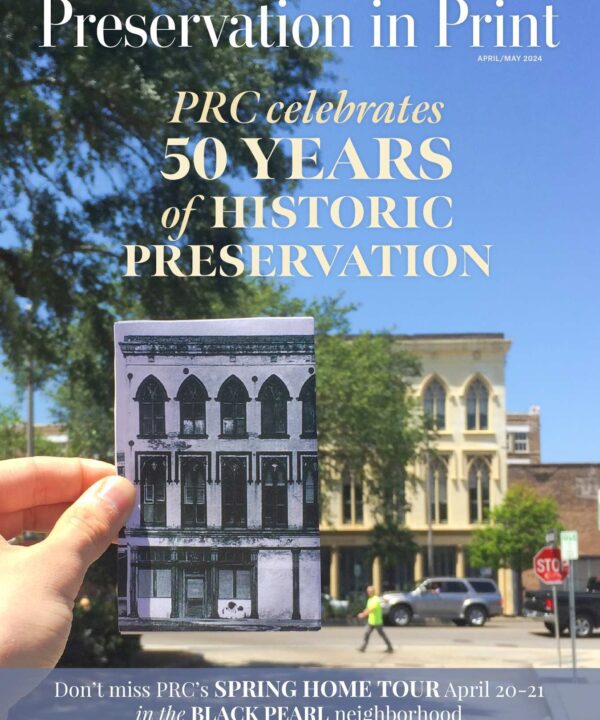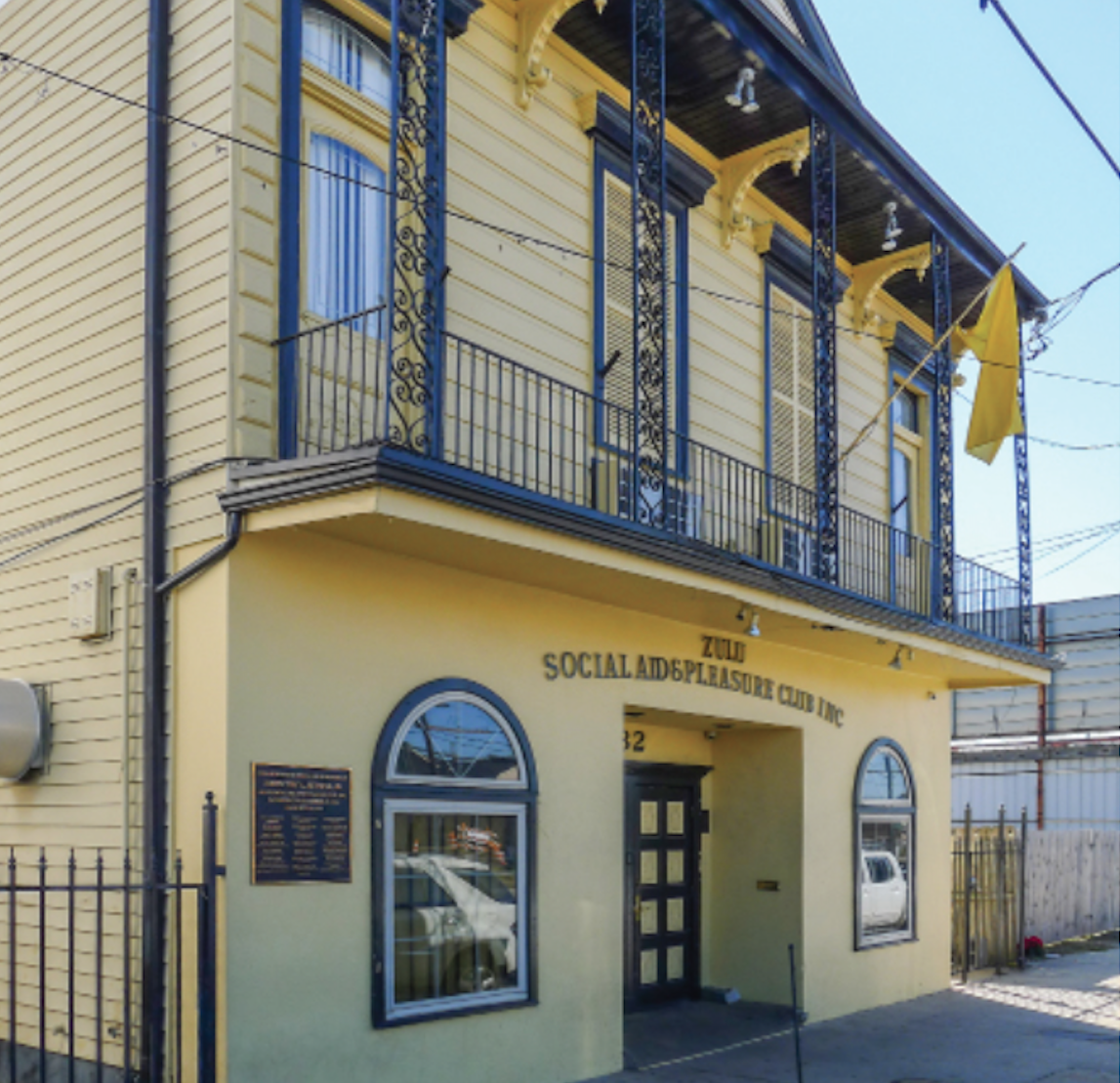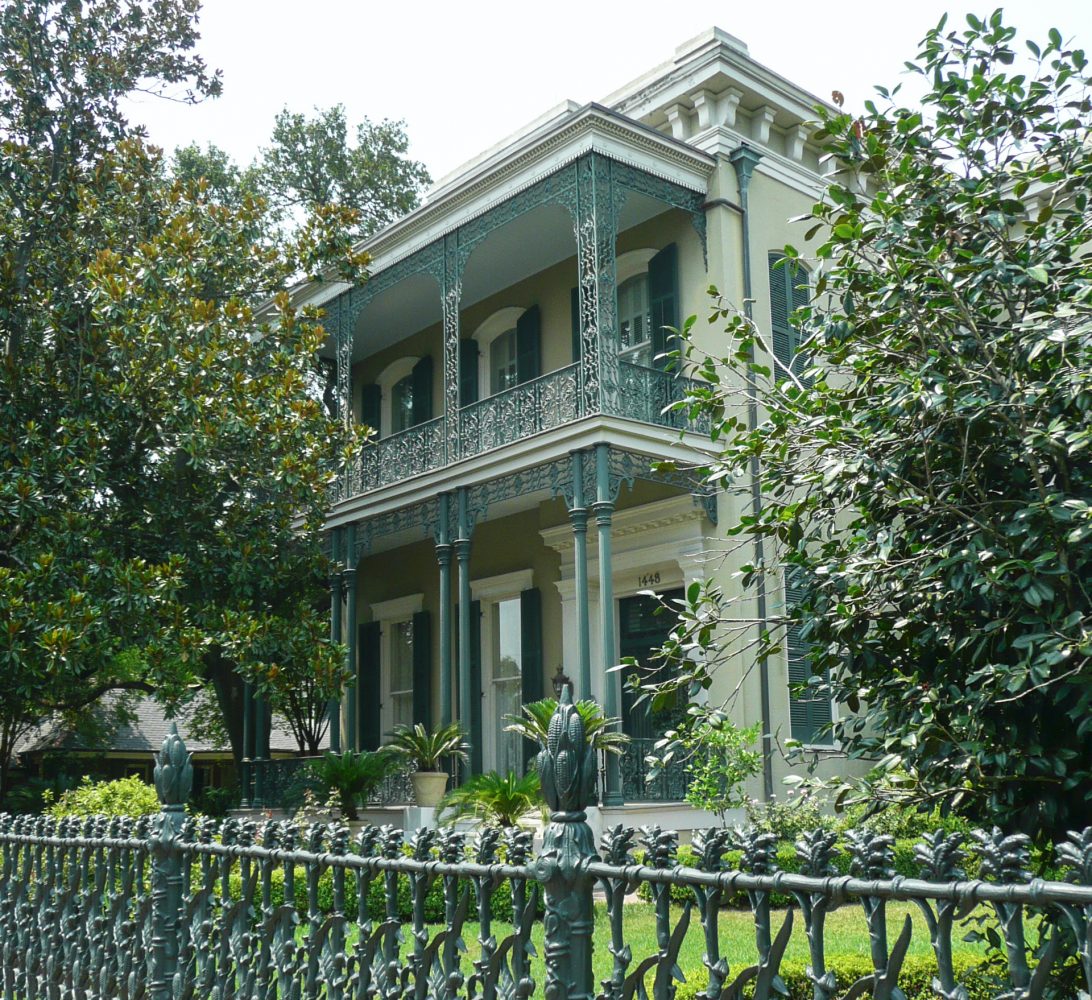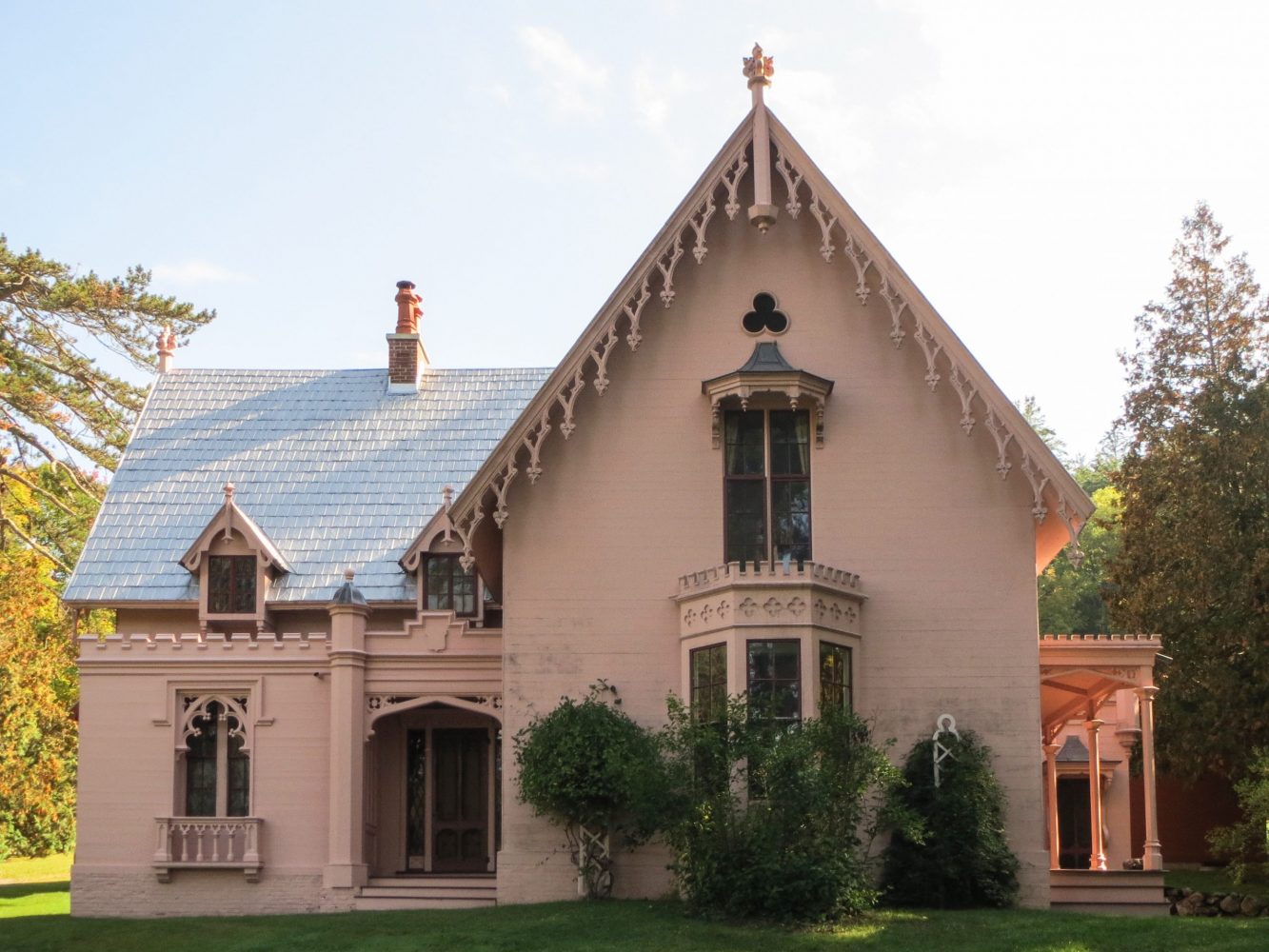This news brief appeared in the May issue of PRC’s Preservation in Print magazine. Interested in getting more preservation stories like this delivered to your door nine times a year? Become a member of the PRC for a subscription!
The City of New Orleans was awarded $8.4 million in March from the Federal Emergency Management Agency to fund the elevation of 31 pre-identified homes. The Governor’s Office of Homeland Security and Emergency Preparedness facilitated the city’s application. The grant was the latest in a string of FEMA Flood Mitigation Assistance awards that have helped New Orleans protect 184 properties since 2013; half of those are located in National Register historic districts.
To be eligible, a building must be insured by the National Flood Insurance Program and have experienced severe and repeated losses from flooding. One beneficiary of the program is the Zulu Social Aid & Pleasure Club. The organization’s Broad Street headquarters includes an upper story that resembles a turn-of-the-20th-century bracketed shotgun double. The grade-level first floor routinely floods. It was the city’s first non-residential structure to qualify for the grant.
The program has funded elevations in at least seven historic districts listed on the National Register of Historic Places, with the Louisiana Division of Historic Preservation reviewing plans in advance. While most owners opt to raise their structures in line with the city code requirement that buildings be one foot above the FEMA-determined base flood elevation, wet flood-proofing may also be an option for those willing to forgo occupancy of a raised basement.
New Orleans shares with other Gulf South cities a long tradition of altering and elevating buildings to avoid floodwaters. Lessons learned here and elsewhere in Louisiana helped inform the National Park Service’s Guidelines on Flood Adaptation for Rehabilitating Historic Buildings, published in 2019. (A forthcoming pictorial companion to this technical document is in the works.) The document covers a range of options and best practices. With severe rainstorms and coastal flooding increasingly common, the combination of preservation and resilience is likely to remain a priority for historic communities nationwide.
Advertisements








